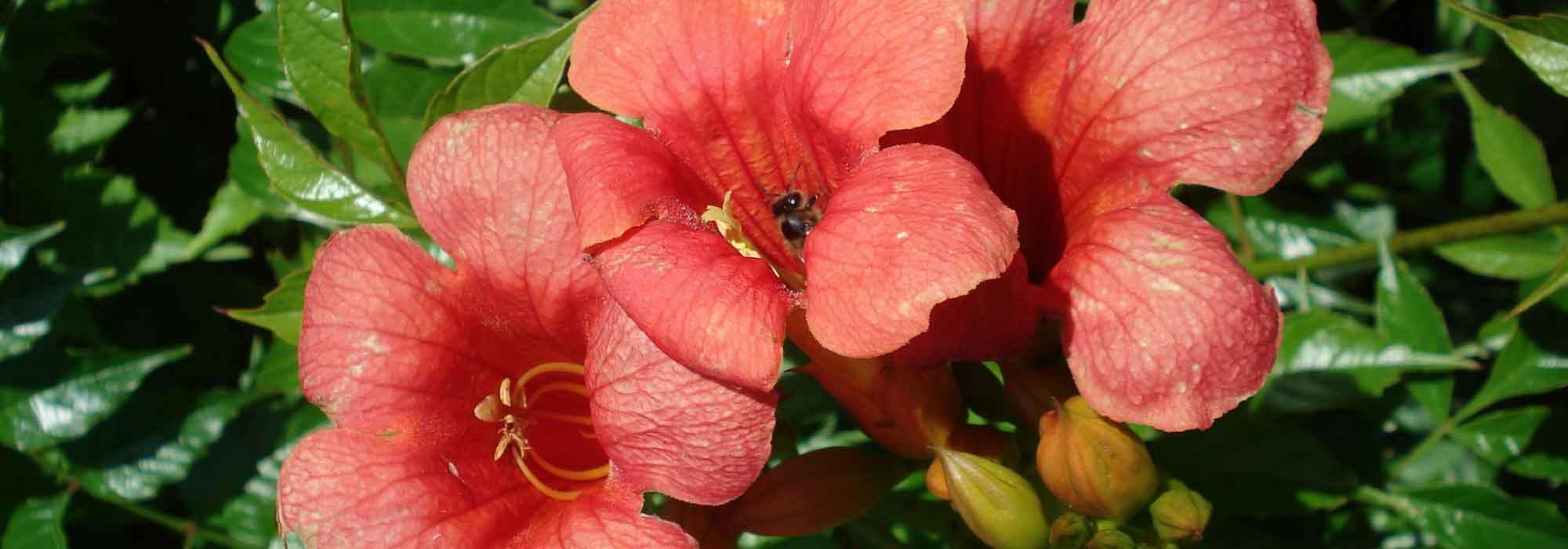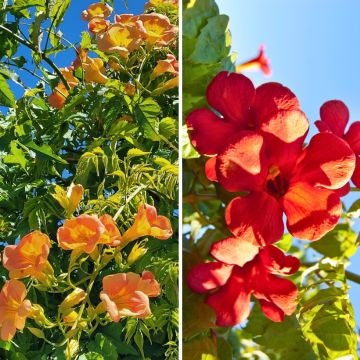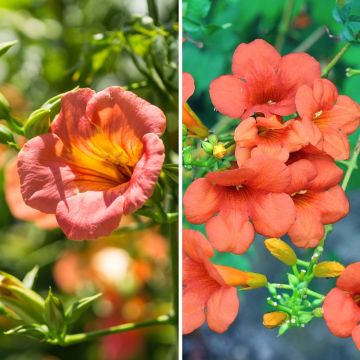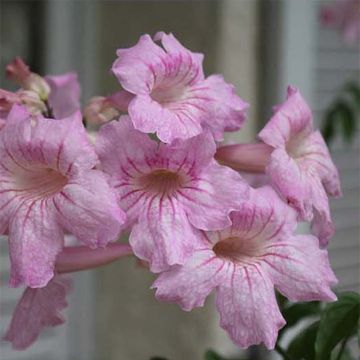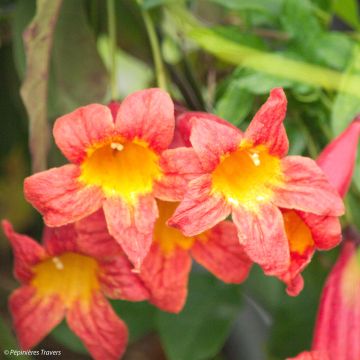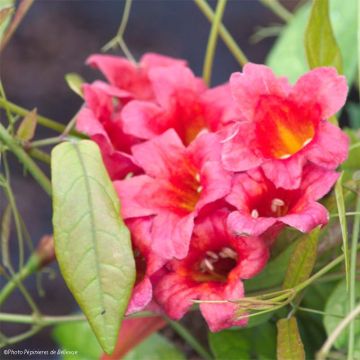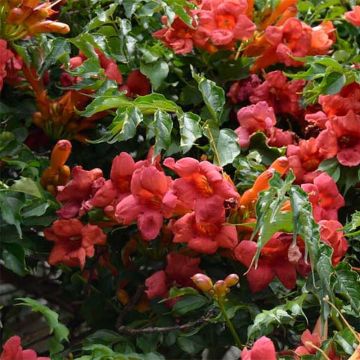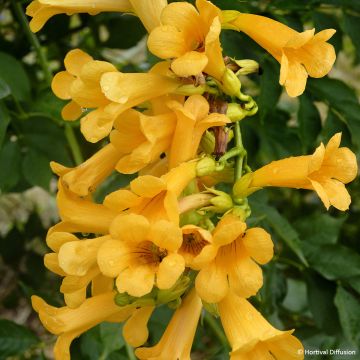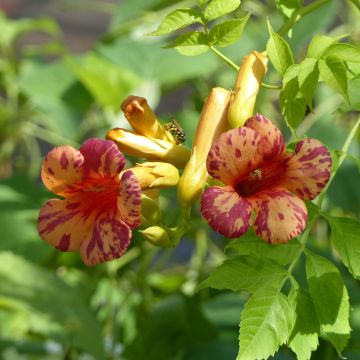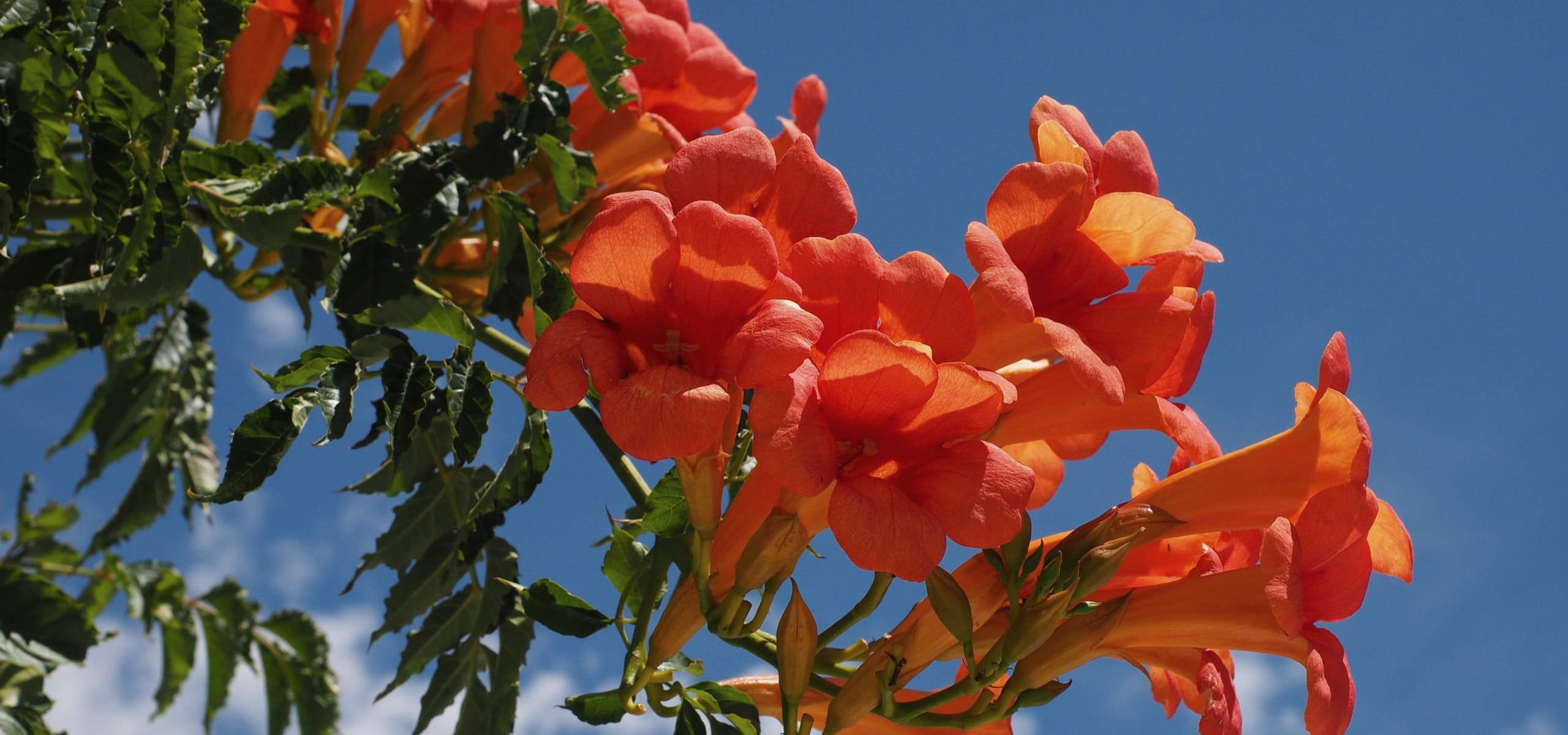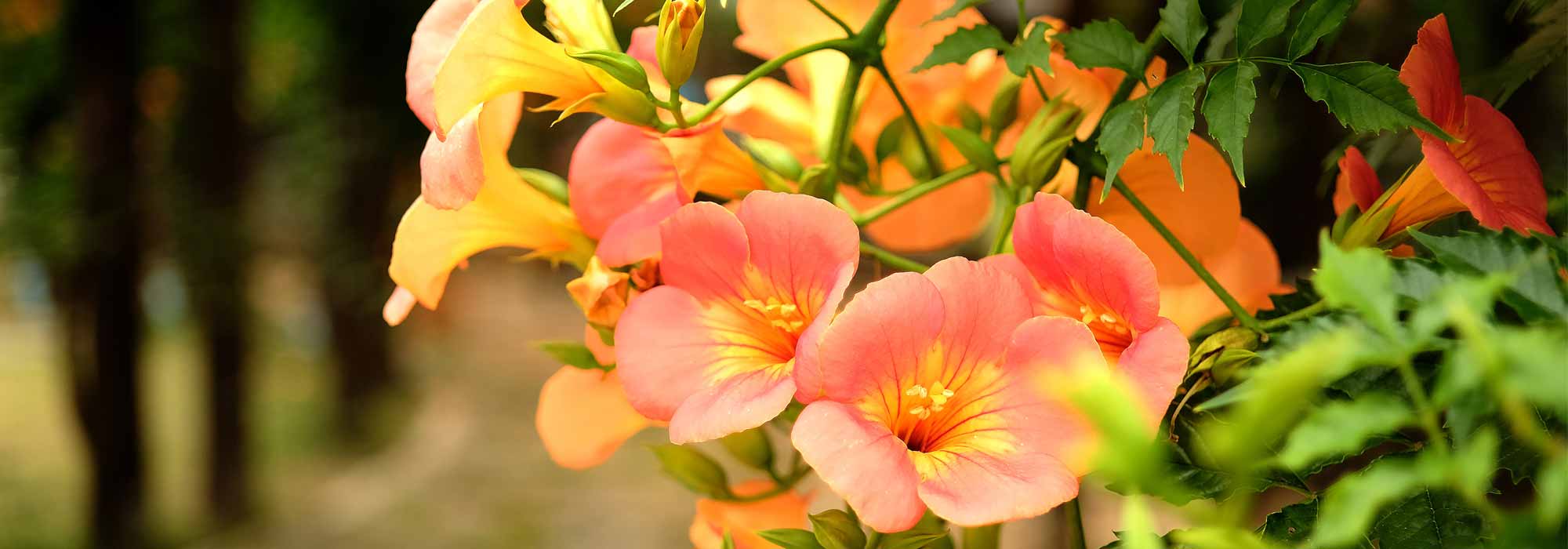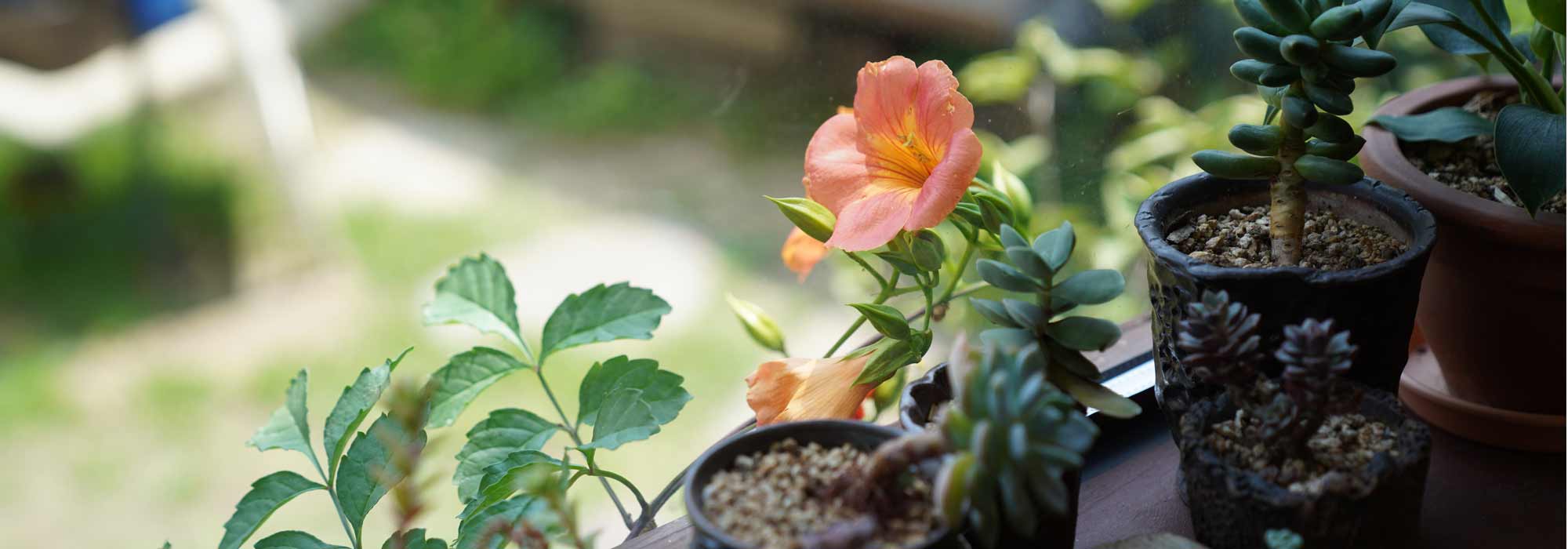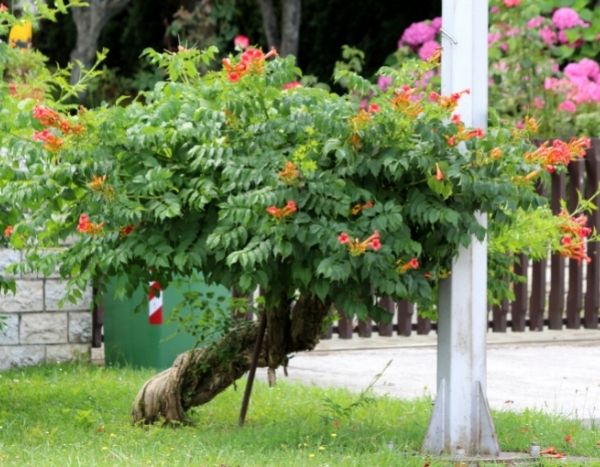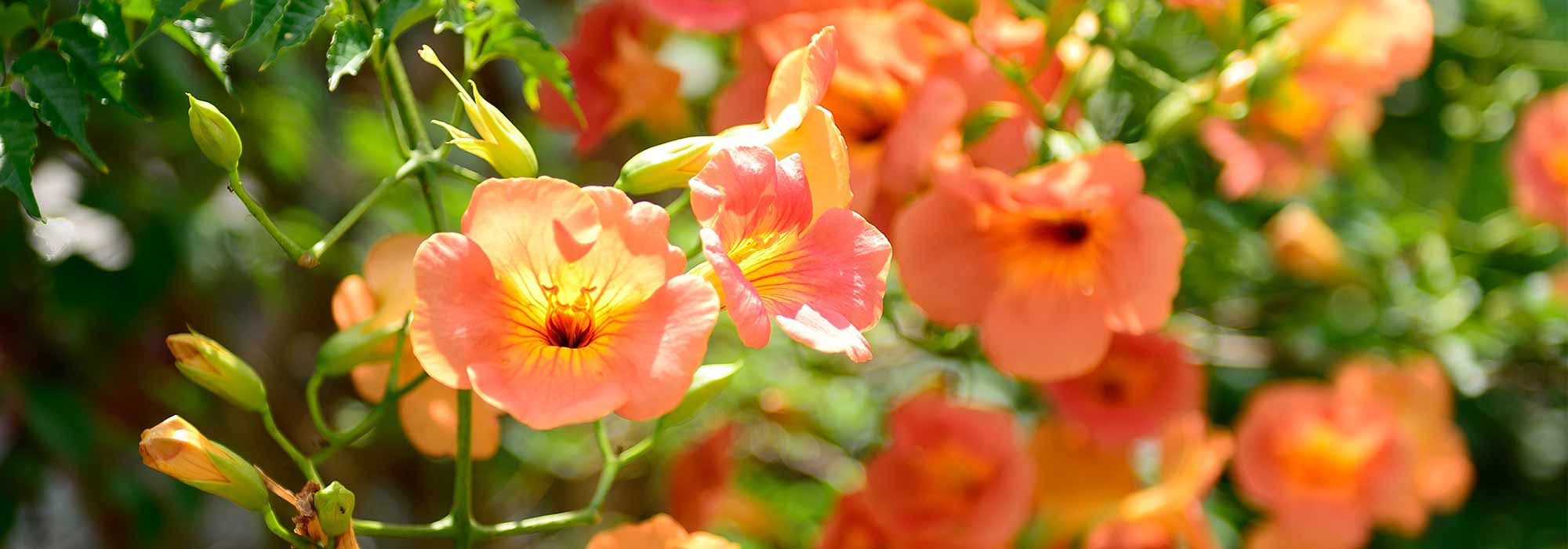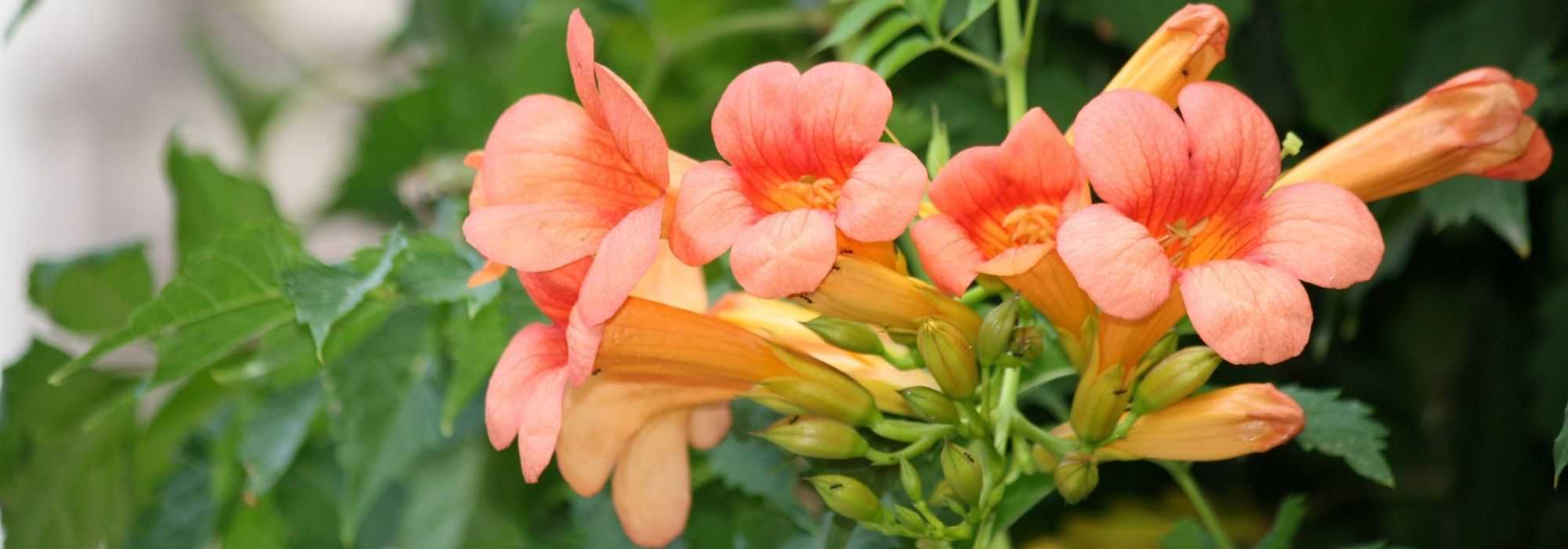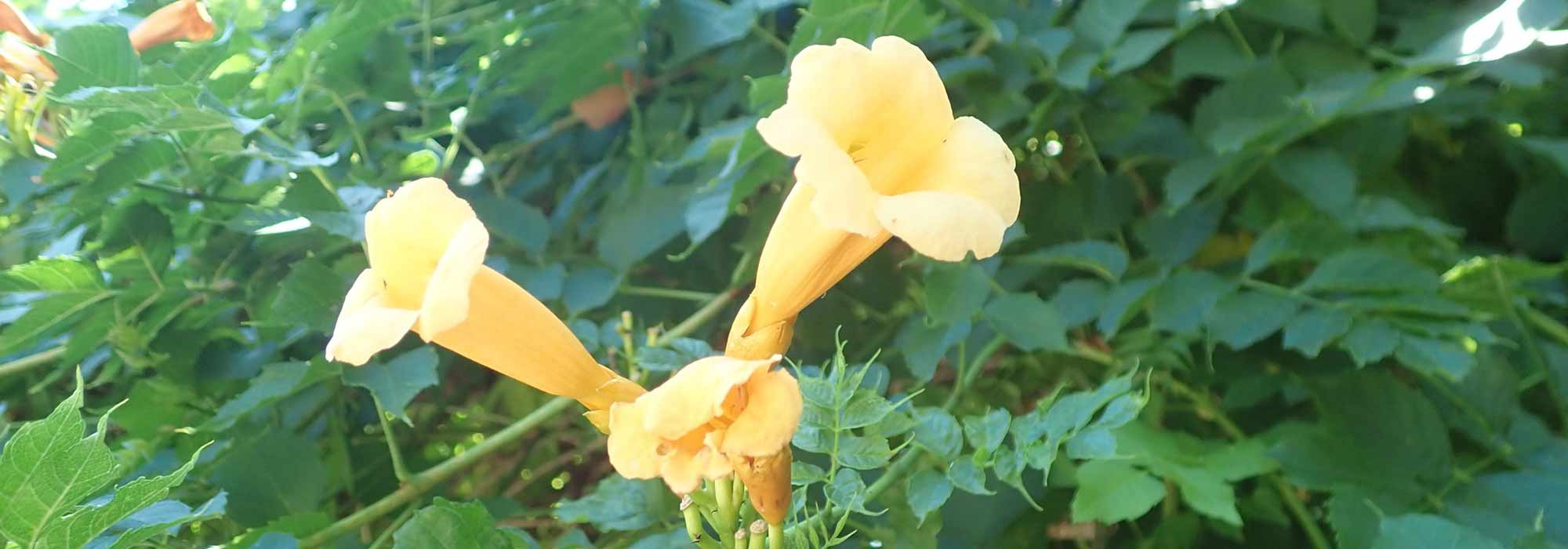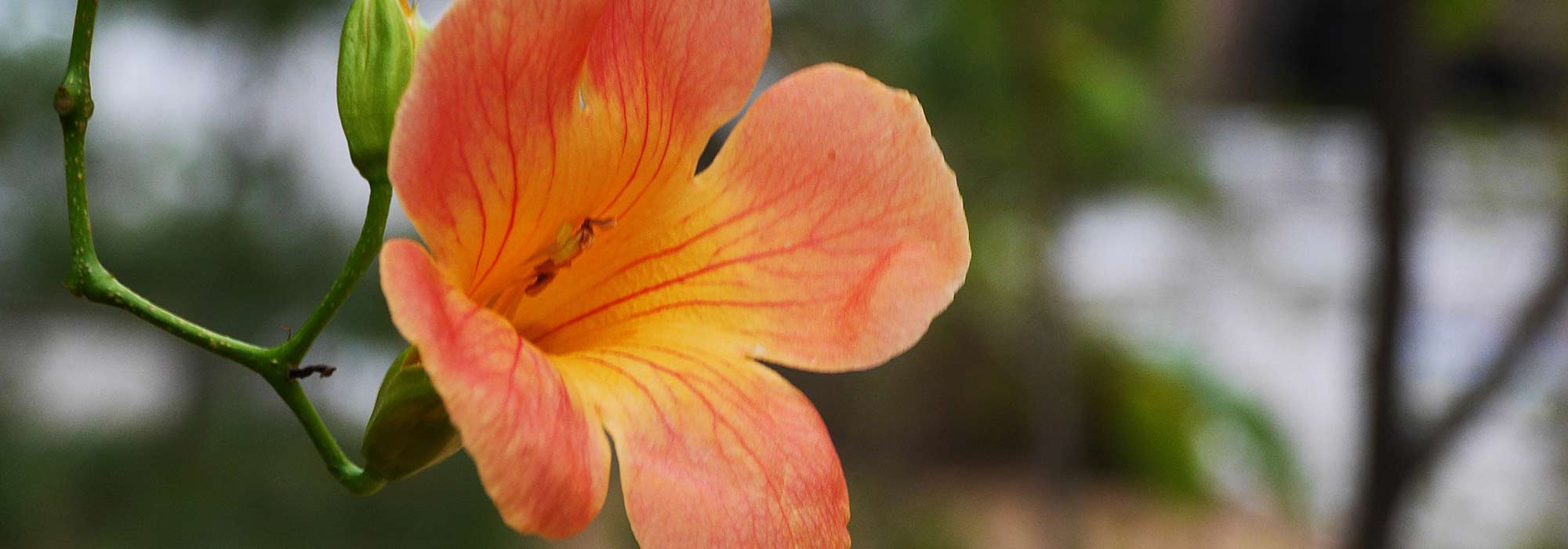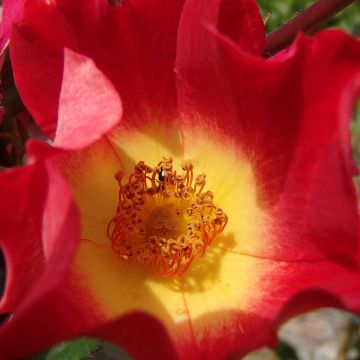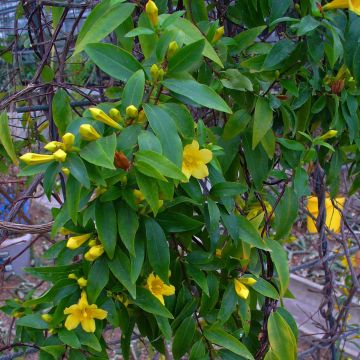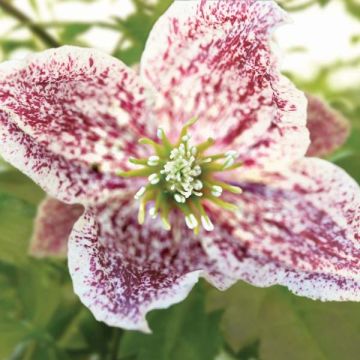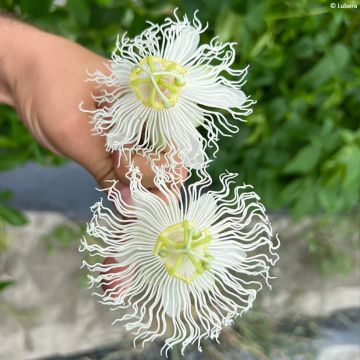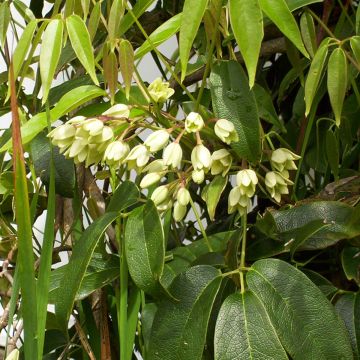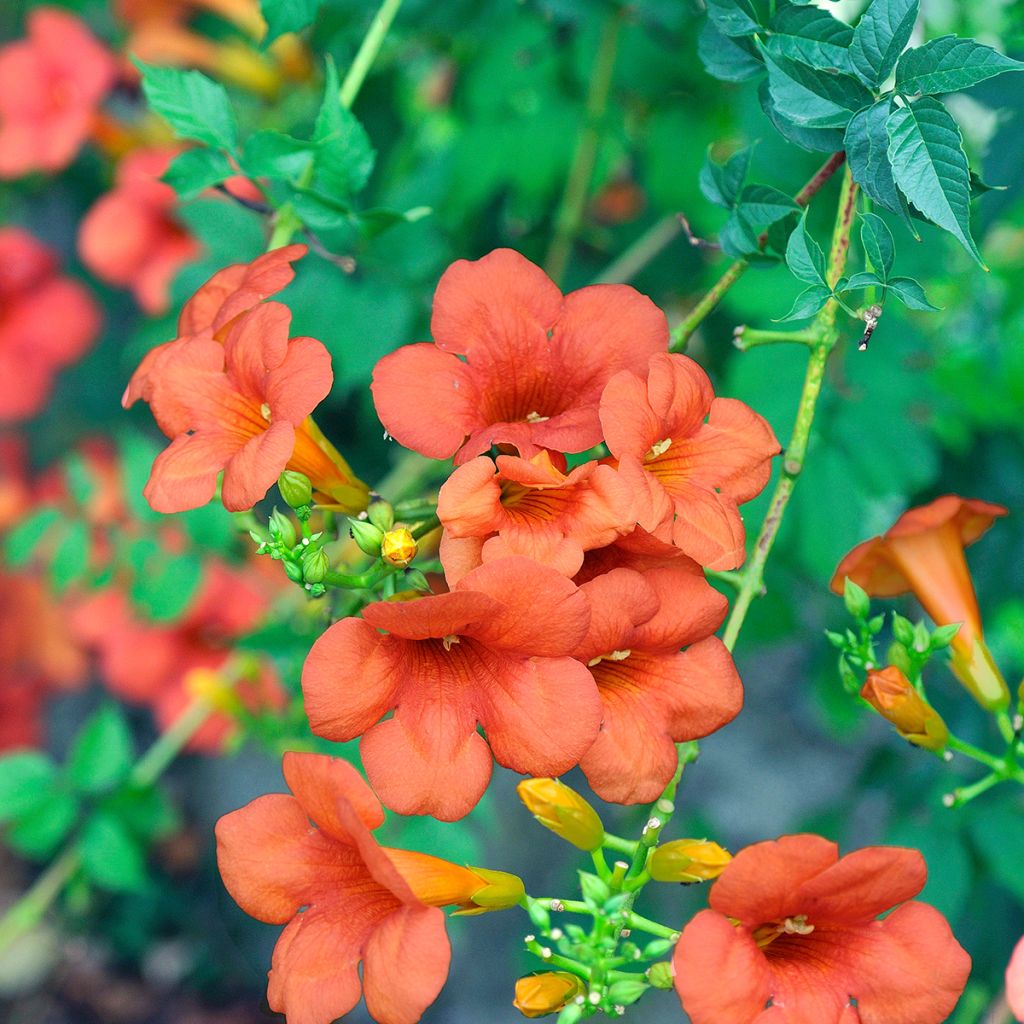

Campsis radicans x grandiflora Madame Galen
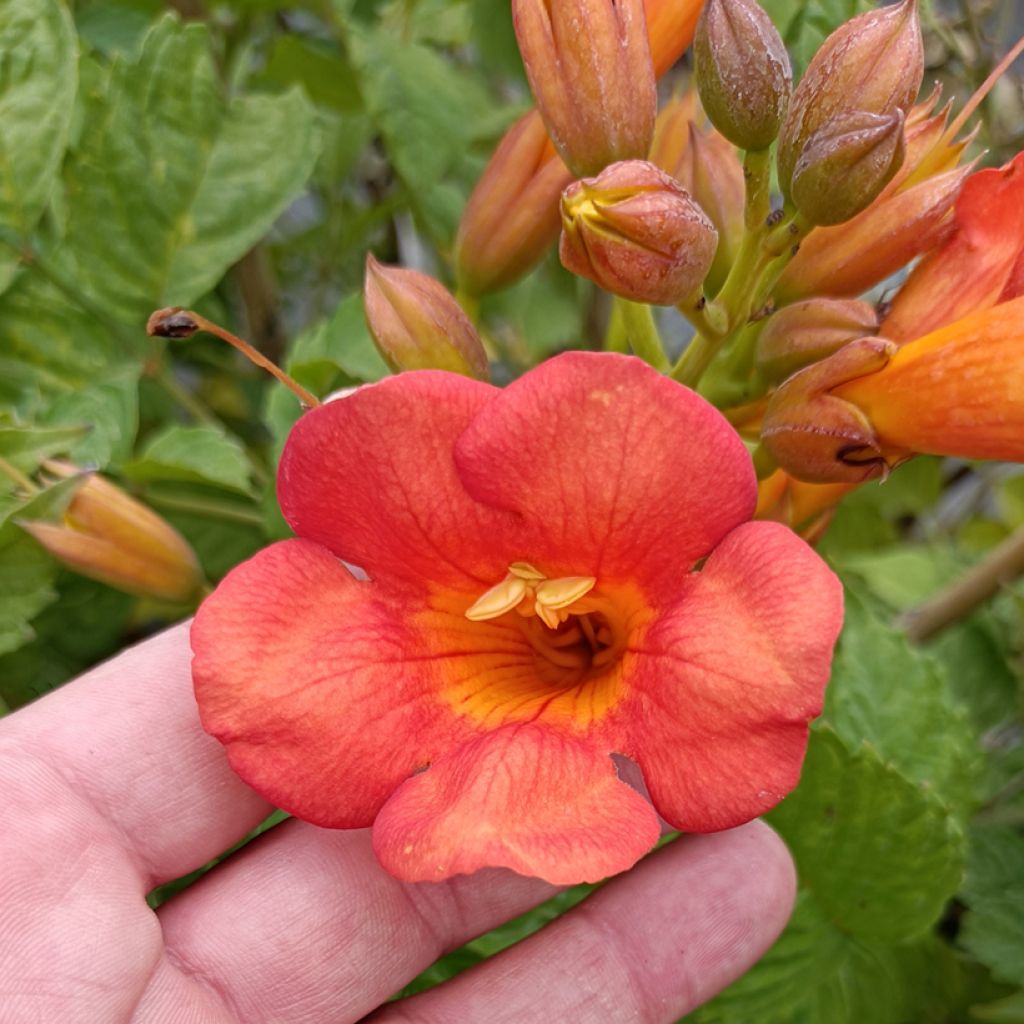

Campsis radicans x grandiflora Madame Galen
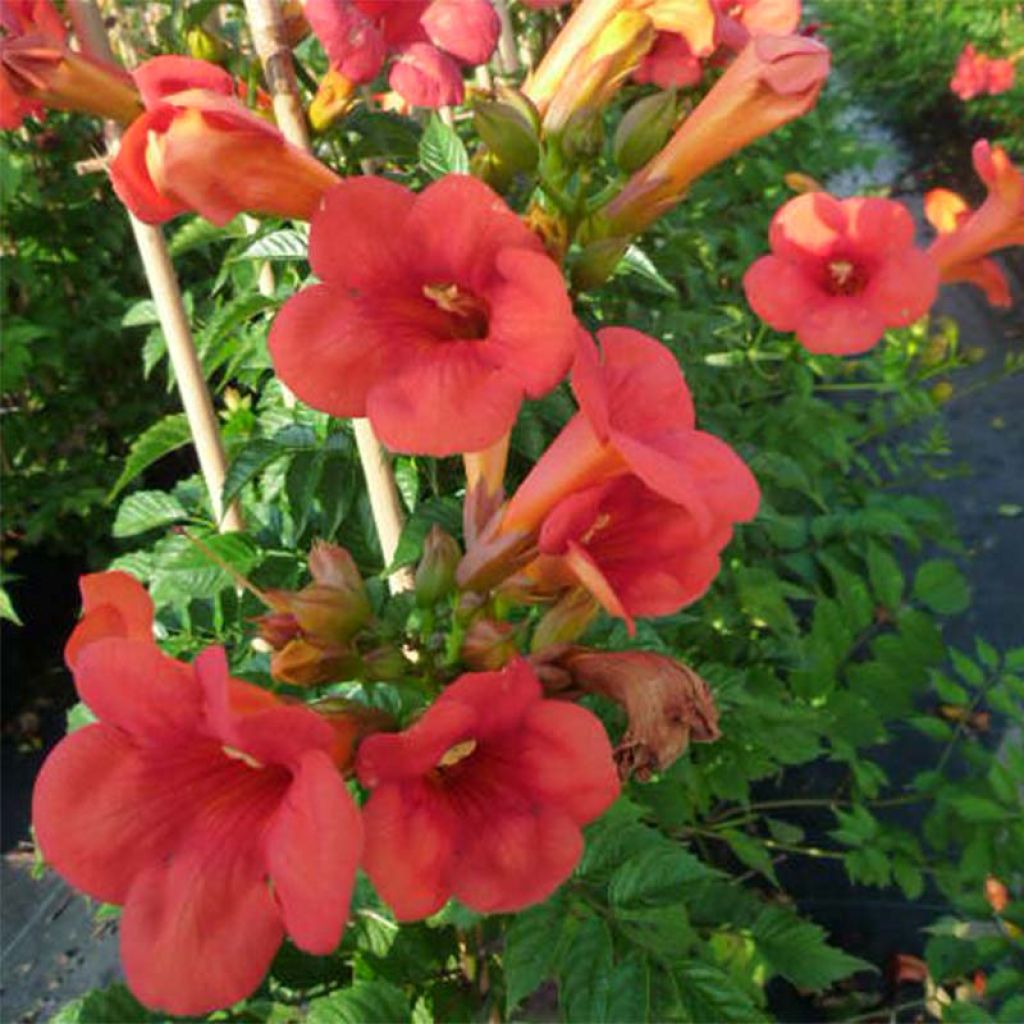

Campsis radicans x grandiflora Madame Galen
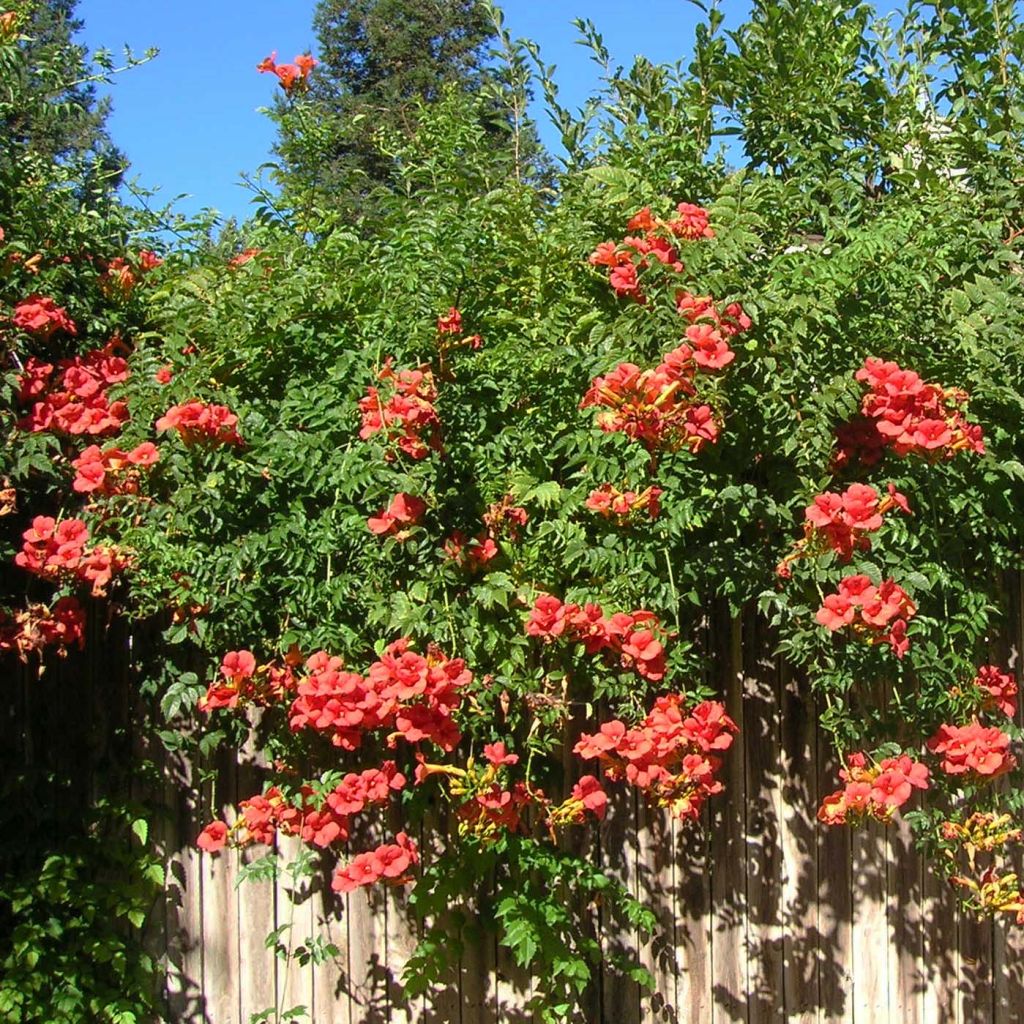

Campsis radicans x grandiflora Madame Galen
Campsis radicans x grandiflora Madame Galen
Campsis radicans x grandiflora Madame Galen
Trumpet Vine
Special offer!
Receive a €20 voucher for any order over €90 (excluding delivery costs, credit notes, and plastic-free options)!
1- Add your favorite plants to your cart.
2- Once you have reached €90, confirm your order (you can even choose the delivery date!).
3- As soon as your order is shipped, you will receive an email containing your voucher code, valid for 3 months (90 days).
Your voucher is unique and can only be used once, for any order with a minimum value of €20, excluding delivery costs.
Can be combined with other current offers, non-divisible and non-refundable.
Home or relay delivery (depending on size and destination)
Schedule yourself the delivery date,
and choose your date in cart
This plant benefits a 6 months rooting warranty
More information
We guarantee the quality of our plants for a full growing cycle, and will replace at our expense any plant that fails to recover under normal climatic and planting conditions.

Does this plant fit my garden?
Set up your Plantfit profile →
Description of Campsis radicans x grandiflora Madame Galen
Campsis x tagliabuana 'Madame Galen' is an old French hybrid that has proven itself in many gardens. Perhaps the hardiest of all, very bushy, it can grow in a wide range of soils while offering summer flowering that is both spectacular and long-lasting. It blooms fairly quickly, producing large, loose clusters of beautiful, warm and bright orange trumpets that turn red. Its finely cut deciduous foliage is a lovely, vibrant light green colour, which forms a true backdrop for the flowering. Its branches, equipped with climbing roots, cling to any available support, whether it be a pergola, a wall, an old tree or a façade. Like wisteria, this trumpet creeper can easily be trained as a tree.
Campsis x tagliabuana is a plant from the Bignoniaceae family, resulting from the crossbreeding between Campsis radicans, native to the hot and dry regions of southeastern United States, and Campsis grandiflora, native to China. Obtained around 1850 in the Tagliabue brothers' nursery, near Milan, it possesses the excellent hardiness of its American parent and the strong climbing roots as well as the spectacular large flowers of its Asian ancestor.
The 'Madame Galen' variety, created in France in 1889 and repeatedly awarded, has even been distinguished by the Royal Horticultural Society in England. This fast-growing deciduous vine has a very bushy habit, allowing it to reach 10 m (33ft) in all directions in just a few years. However, its growth can easily be controlled through regular pruning. 'Madame Galen' has a woody stump and produces underground stolons. The abundant flowering occurs from the early years of cultivation. It can start in June in mild climates, but usually begins in the height of summer, in July, and lasts until September-October. The flowers bloom in the axils of the leaves, in clusters of 4 to 12 trumpets, 7 to 8 cm (3in) long, with 5 lobes. Each flower, with a colour somewhere between orange and salmon red, shows a slightly lighter throat where curved stamens nestle. The deciduous foliage consists of leaves finely divided into 7 to 11 ovate leaflets with crenate margins. It is its branches are equipped with climbing roots that allow the plant to cling to its support.
Campsis x tagliabuana 'Madame Galen' can be used anywhere, to cover a wall sheltered from cold winds, an unsightly building, an exposed façade, a fence or an old wall. Its branches take hold of these providential structures, covering its twisted forms with a green and curly mane weighed down by magnificent orange clusters throughout the summer. At its base, plant violet and fuchsia bushy salvias, Cerastostigma griffithii with small unreal blue flowers, small mauve and blue asters, and variegated Euphorbia. The spectacle is enchanting from July to September. This plant can withstand temperatures as low as -20°C (-4°F). You can associate it, for example, with other unique climbing plants such as Actinidia kolomikta, Clematis Black Tea, or Clematis H F Young, which is very blue, to create a highly colourful scene.
Campsis radicans x grandiflora Madame Galen in pictures
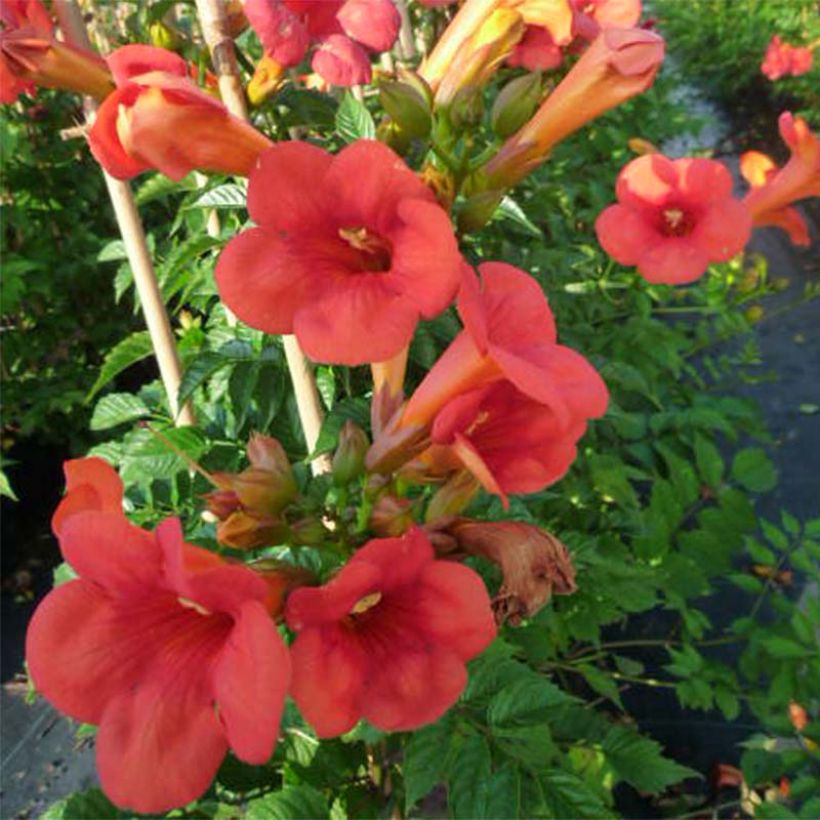

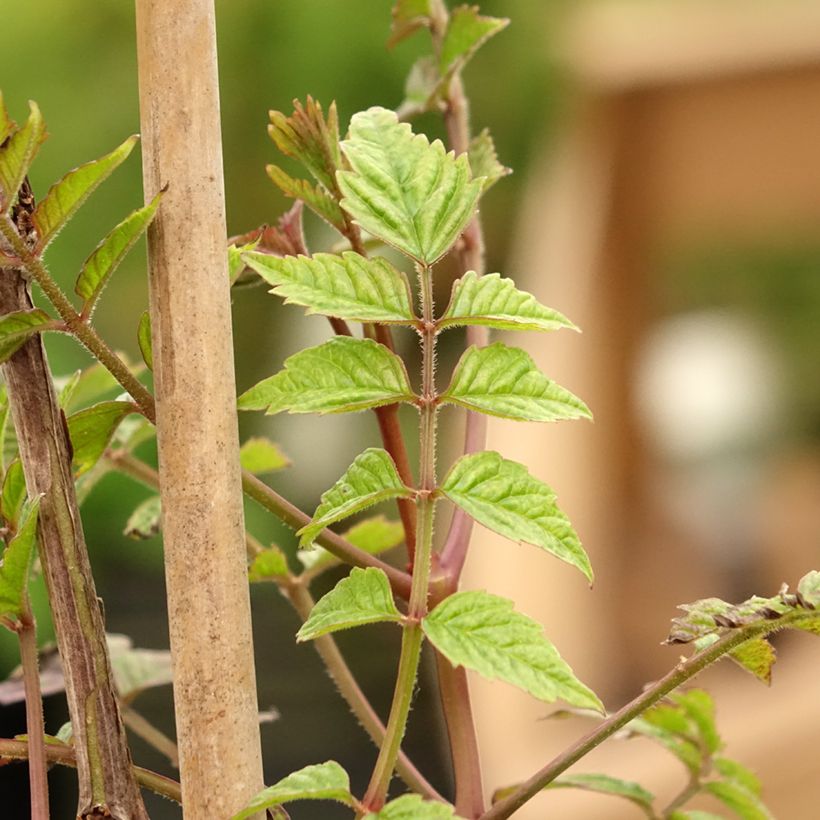

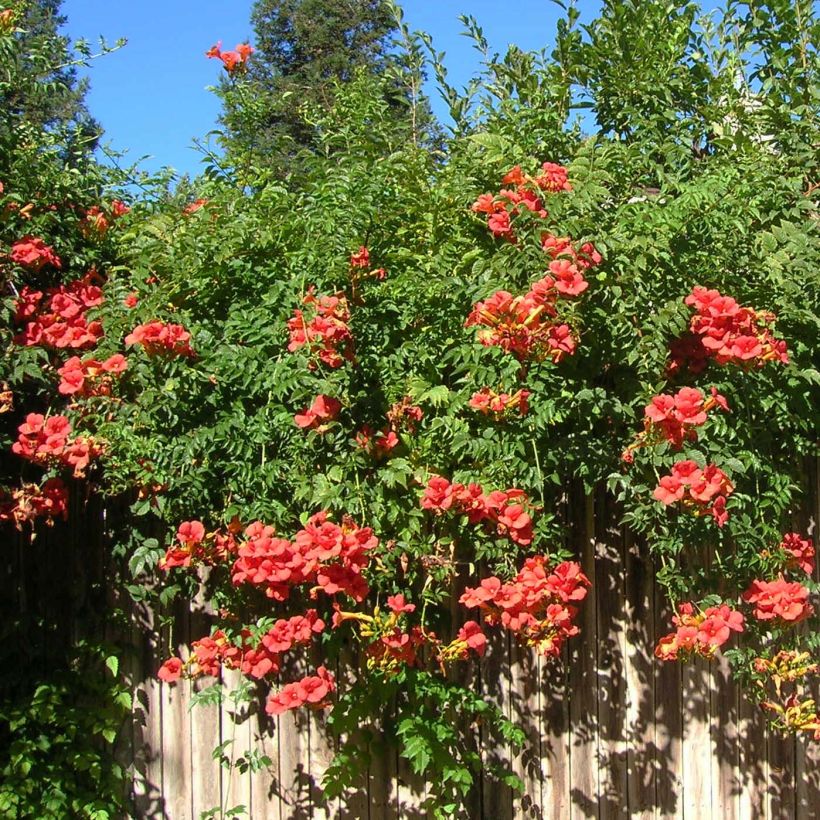

Plant habit
Flowering
Foliage
Botanical data
Campsis
radicans x grandiflora
Madame Galen
Bignoniaceae
Trumpet Vine
Cultivar or hybrid
Other Campsis - Trumpet Creeper
View All →Planting of Campsis radicans x grandiflora Madame Galen
The Madame Galen trumpet vine is a plant that is not very demanding in terms of the type of soil, but it dislikes heavy, compact, poorly drained soils where moisture can stagnate. If the soil in your garden is too heavy, incorporate coarse sand or gravel before planting. It grows in any well-drained garden soil, even quite poor and slightly chalky. It prefers a sunny position. Plant it along a well-exposed wall or against a tree, guiding it on a stake. Water regularly in the first summers, or in case of prolonged drought. The plant can tolerate occasional periods of drought once established, especially if it is planted in deep soil. In the first few years, protect the base from severe frosts with a thick mulch. Pruning is not essential. If necessary, prune in late winter or early spring. In August-September, remove faded branches as well as the oldest shoots recognisable by their split bark. This trumpet vine can be trained as a tree, just like a wisteria. Select the most beautiful stem that you will train on a sturdy stake, deeply embedded in the soil. Then remove the secondary branches up to the desired height to form a trunk. Prune every year by removing stems that detract from the overall appearance.
Trumpet vines are often visited by ants that come to collect sweet exudates produced by aphids that settle at the end of shoots, usually without harming the plant. Powdery mildew can affect the trumpet vine. Watch for the appearance of mealybugs and the white leafhopper.
When to plant?
Where to plant?
Care
Planting & care advice
-
, onVetted order
Response from on Promesse de fleurs
Similar products
You have not found what you were looking for?
Hardiness (definition)

Photo Sharing Terms & Conditions
In order to encourage gardeners to interact and share their experiences, Promesse de fleurs offers various media enabling content to be uploaded onto its Site - in particular via the ‘Photo sharing’ module.
The User agrees to refrain from:
- Posting any content that is illegal, prejudicial, insulting, racist, inciteful to hatred, revisionist, contrary to public decency, that infringes on privacy or on the privacy rights of third parties, in particular the publicity rights of persons and goods, intellectual property rights, or the right to privacy.
- Submitting content on behalf of a third party;
- Impersonate the identity of a third party and/or publish any personal information about a third party;
In general, the User undertakes to refrain from any unethical behaviour.
All Content (in particular text, comments, files, images, photos, videos, creative works, etc.), which may be subject to property or intellectual property rights, image or other private rights, shall remain the property of the User, subject to the limited rights granted by the terms of the licence granted by Promesse de fleurs as stated below. Users are at liberty to publish or not to publish such Content on the Site, notably via the ‘Photo Sharing’ facility, and accept that this Content shall be made public and freely accessible, notably on the Internet.
Users further acknowledge, undertake to have ,and guarantee that they hold all necessary rights and permissions to publish such material on the Site, in particular with regard to the legislation in force pertaining to any privacy, property, intellectual property, image, or contractual rights, or rights of any other nature. By publishing such Content on the Site, Users acknowledge accepting full liability as publishers of the Content within the meaning of the law, and grant Promesse de fleurs, free of charge, an inclusive, worldwide licence for the said Content for the entire duration of its publication, including all reproduction, representation, up/downloading, displaying, performing, transmission, and storage rights.
Users also grant permission for their name to be linked to the Content and accept that this link may not always be made available.
By engaging in posting material, Users consent to their Content becoming automatically accessible on the Internet, in particular on other sites and/or blogs and/or web pages of the Promesse de fleurs site, including in particular social pages and the Promesse de fleurs catalogue.
Users may secure the removal of entrusted content free of charge by issuing a simple request via our contact form.
The flowering period indicated on our website applies to countries and regions located in USDA zone 8 (France, the United Kingdom, Ireland, the Netherlands, etc.)
It will vary according to where you live:
- In zones 9 to 10 (Italy, Spain, Greece, etc.), flowering will occur about 2 to 4 weeks earlier.
- In zones 6 to 7 (Germany, Poland, Slovenia, and lower mountainous regions), flowering will be delayed by 2 to 3 weeks.
- In zone 5 (Central Europe, Scandinavia), blooming will be delayed by 3 to 5 weeks.
In temperate climates, pruning of spring-flowering shrubs (forsythia, spireas, etc.) should be done just after flowering.
Pruning of summer-flowering shrubs (Indian Lilac, Perovskia, etc.) can be done in winter or spring.
In cold regions as well as with frost-sensitive plants, avoid pruning too early when severe frosts may still occur.
The planting period indicated on our website applies to countries and regions located in USDA zone 8 (France, United Kingdom, Ireland, Netherlands).
It will vary according to where you live:
- In Mediterranean zones (Marseille, Madrid, Milan, etc.), autumn and winter are the best planting periods.
- In continental zones (Strasbourg, Munich, Vienna, etc.), delay planting by 2 to 3 weeks in spring and bring it forward by 2 to 4 weeks in autumn.
- In mountainous regions (the Alps, Pyrenees, Carpathians, etc.), it is best to plant in late spring (May-June) or late summer (August-September).
The harvesting period indicated on our website applies to countries and regions in USDA zone 8 (France, England, Ireland, the Netherlands).
In colder areas (Scandinavia, Poland, Austria...) fruit and vegetable harvests are likely to be delayed by 3-4 weeks.
In warmer areas (Italy, Spain, Greece, etc.), harvesting will probably take place earlier, depending on weather conditions.
The sowing periods indicated on our website apply to countries and regions within USDA Zone 8 (France, UK, Ireland, Netherlands).
In colder areas (Scandinavia, Poland, Austria...), delay any outdoor sowing by 3-4 weeks, or sow under glass.
In warmer climes (Italy, Spain, Greece, etc.), bring outdoor sowing forward by a few weeks.






























